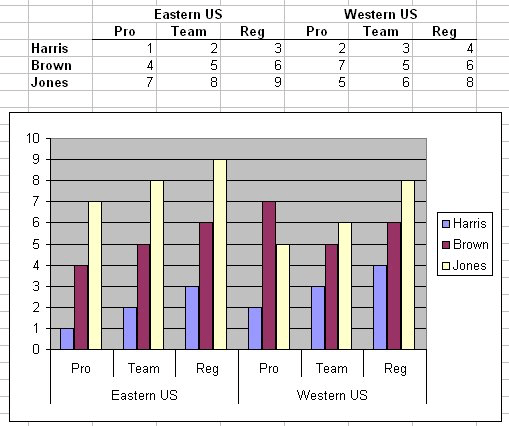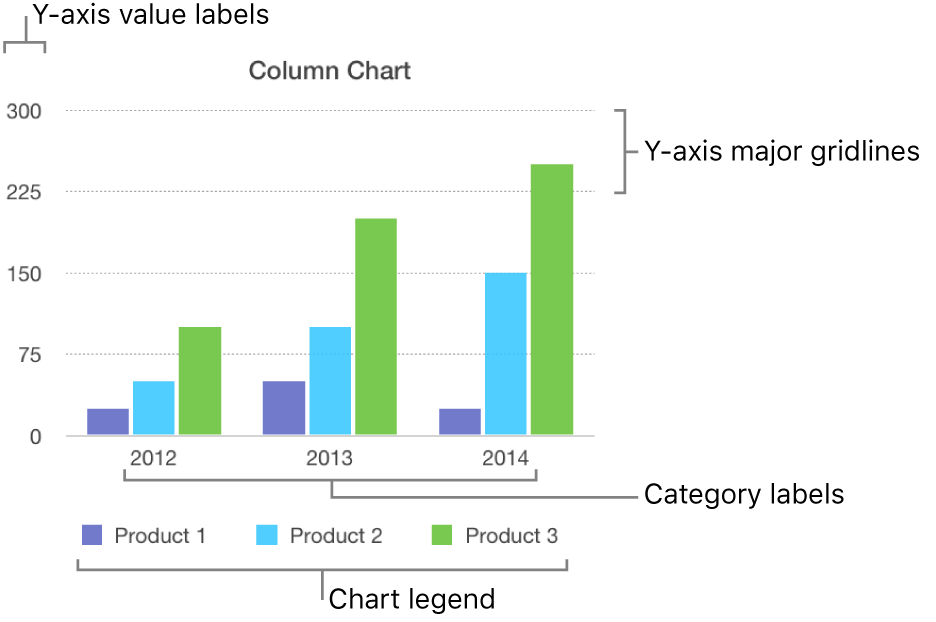

With a variety of inbuilt chart templates provided by Excel, creating a scatter diagram turns into a couple-of-clicks job. The tighter the data points fall along a straight line, the higher the correlation. The main purpose of a scatter plot is to show how strong the relationship, or correlation, between the two variables is. The chart displays values at the intersection of an x and y axis, combined into single data points.

Typically, the independent variable is on the x-axis, and the dependent variable on the y-axis. In a scatter graph, both horizontal and vertical axes are value axes that plot numeric data. Adjust the axis scale to reduce white spaceĪ scatter plot (also called an XY graph, or scatter diagram) is a two-dimensional chart that shows the relationship between two variables.

TWO AXIS CHART EXCEL FOR MAC HOW TO
How to organize data for a scatter chart.Do you want to see how the two sets are related to each other? The scatter plot is the ideal graph choice for this. When looking at two columns of quantitative data in your Excel spreadsheet, what do you see? Just two sets of numbers. If I delete this chart, then select both region and code, along with activity.Įxcel will build a two-level axis correctly on the first try.In this tutorial, you will learn how to do a scatter plot in Excel to create a graphical representation of two correlated data sets. There were a lot of steps in that process, but now that the data is structured properly, Excel will plot a multi-level axis correctly from the start. Now I can edit the axis labels again and get the axis to display correctly. Note that I'm holding down the shift key here to insert cells. The solution is to move codes next to region. If I try to use the control key to exclude city, Excel doesn't include both region and codes. However, note that label values need to be in adjacent ranges. For example, I can use select data to include the airport codes as well. You can add more labels to create more than two levels. It's important to know that this checkbox only appears when the axis labels range includes another set of values. If I double-click the axis to open the format task pane, then check Labels under Axis Options, you can see there's a new checkbox for multi level categories axis labels.

Now you can see we have a multi level category axis. The goal is to create an outline that reflects what you want to see in the axis labels. Next, I'll remove the extra, unneeded entries from the region column. First, I'll sort by region and then by activity. To straighten out the labels, I need to restructure the data. Well, if I visit Select Data, I can click Edit under Category Axis Labels, and then expand the range to include region.Īs you can see, this adds a level to the axis labels, though it's not very legible at the moment. Holding down the control key, it's a simple matter to plot activity by city in a column or bar chart.īut what if I want to group the cities in by region? We have columns for region, city, airport code, and activity, which represents total take offs and landings. Here we have a list of the busiest US airports. This is easy to do as long as you structure the source data in a particular way. In some cases, you may want to create a chart that shows more than one level of axis labels. In this video, we'll look at how to build a chart with multi-level axis labels.


 0 kommentar(er)
0 kommentar(er)
